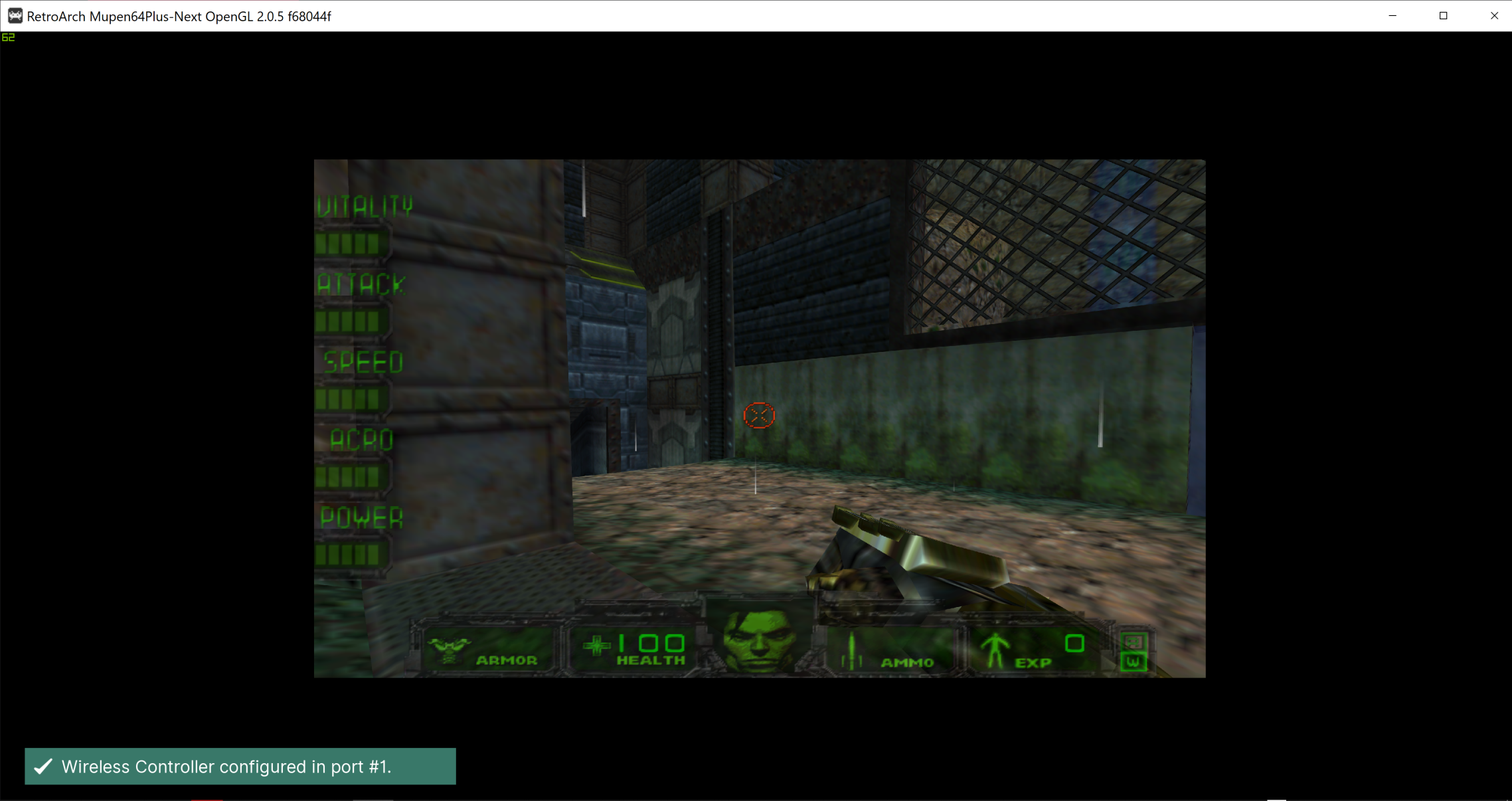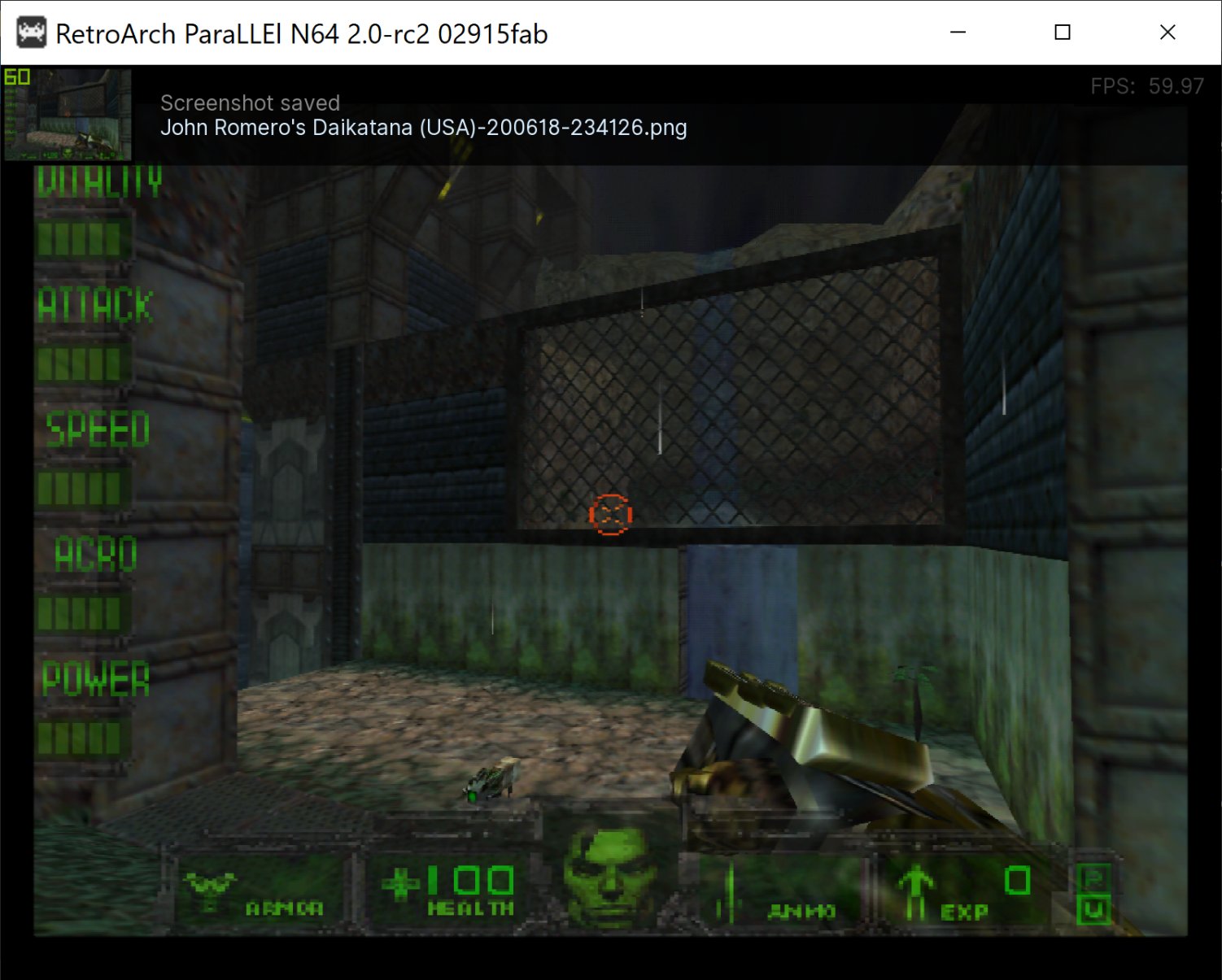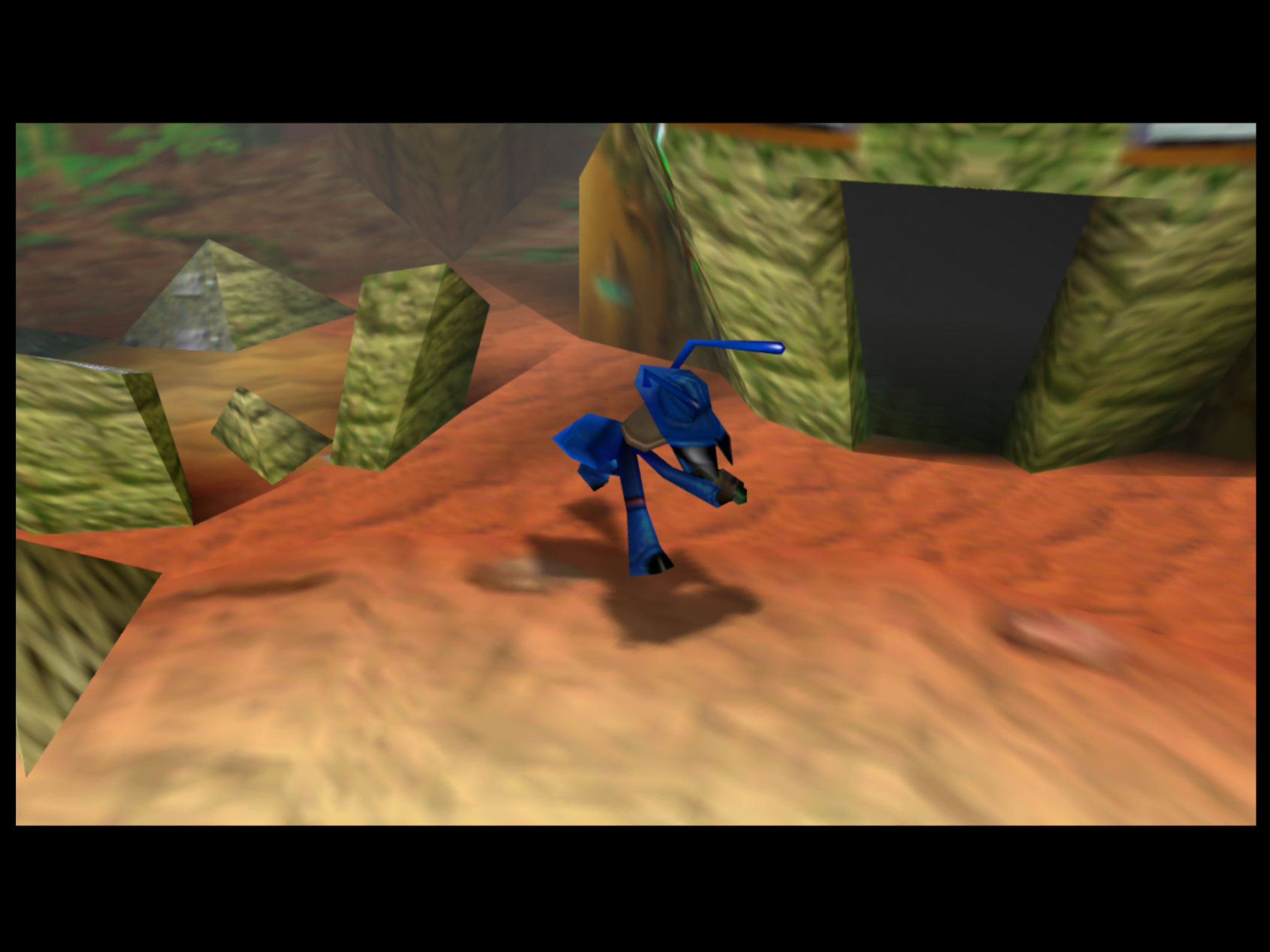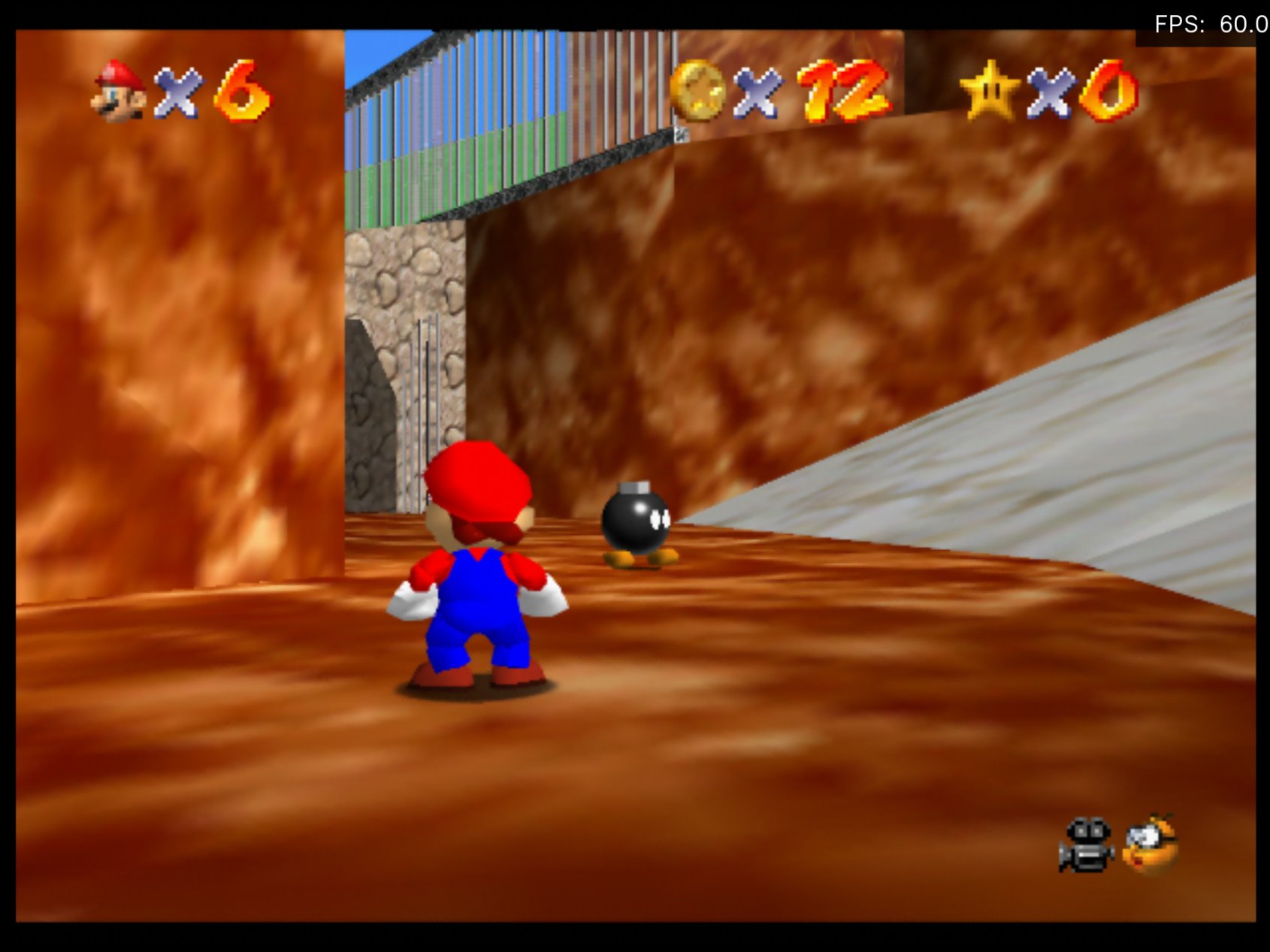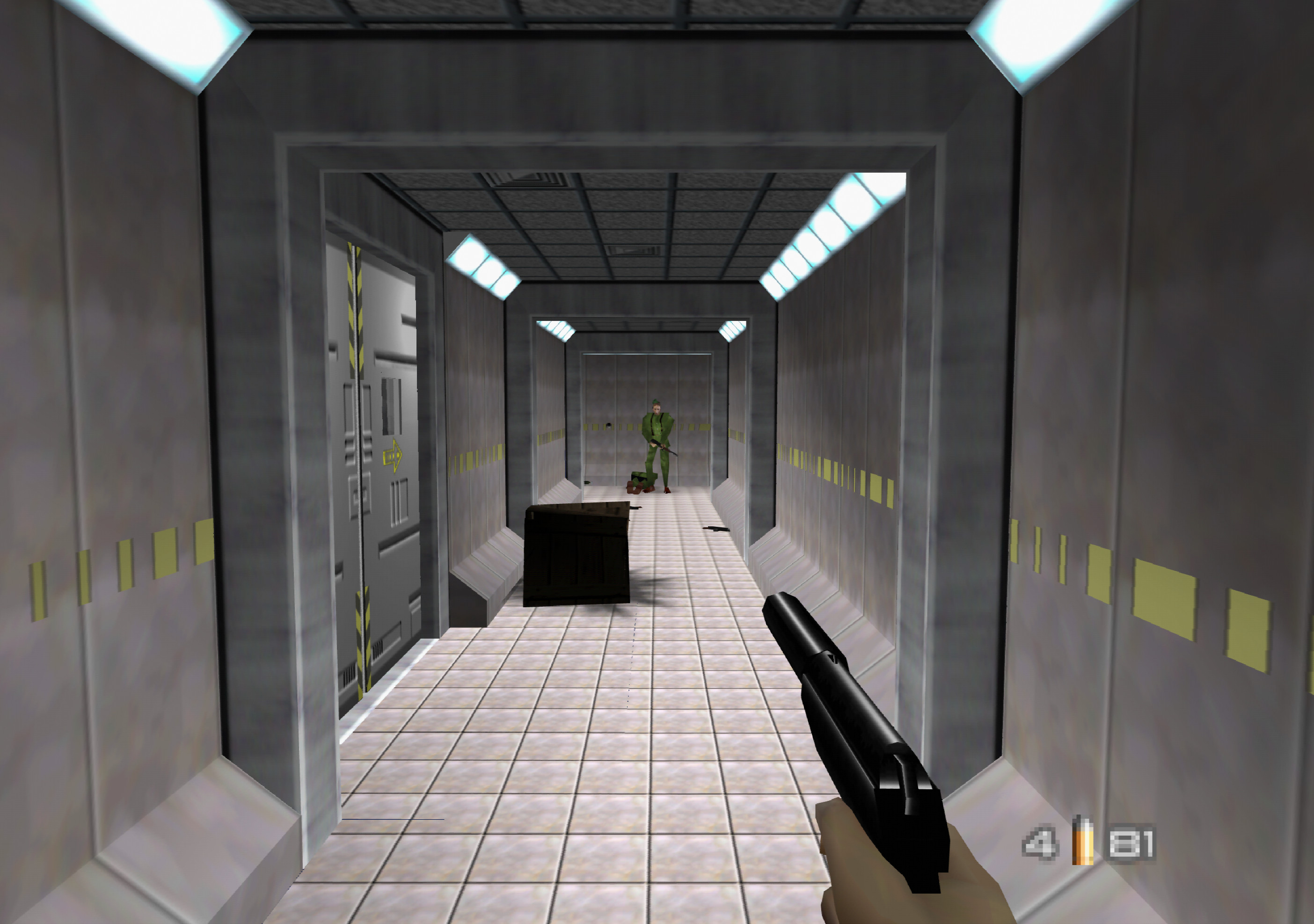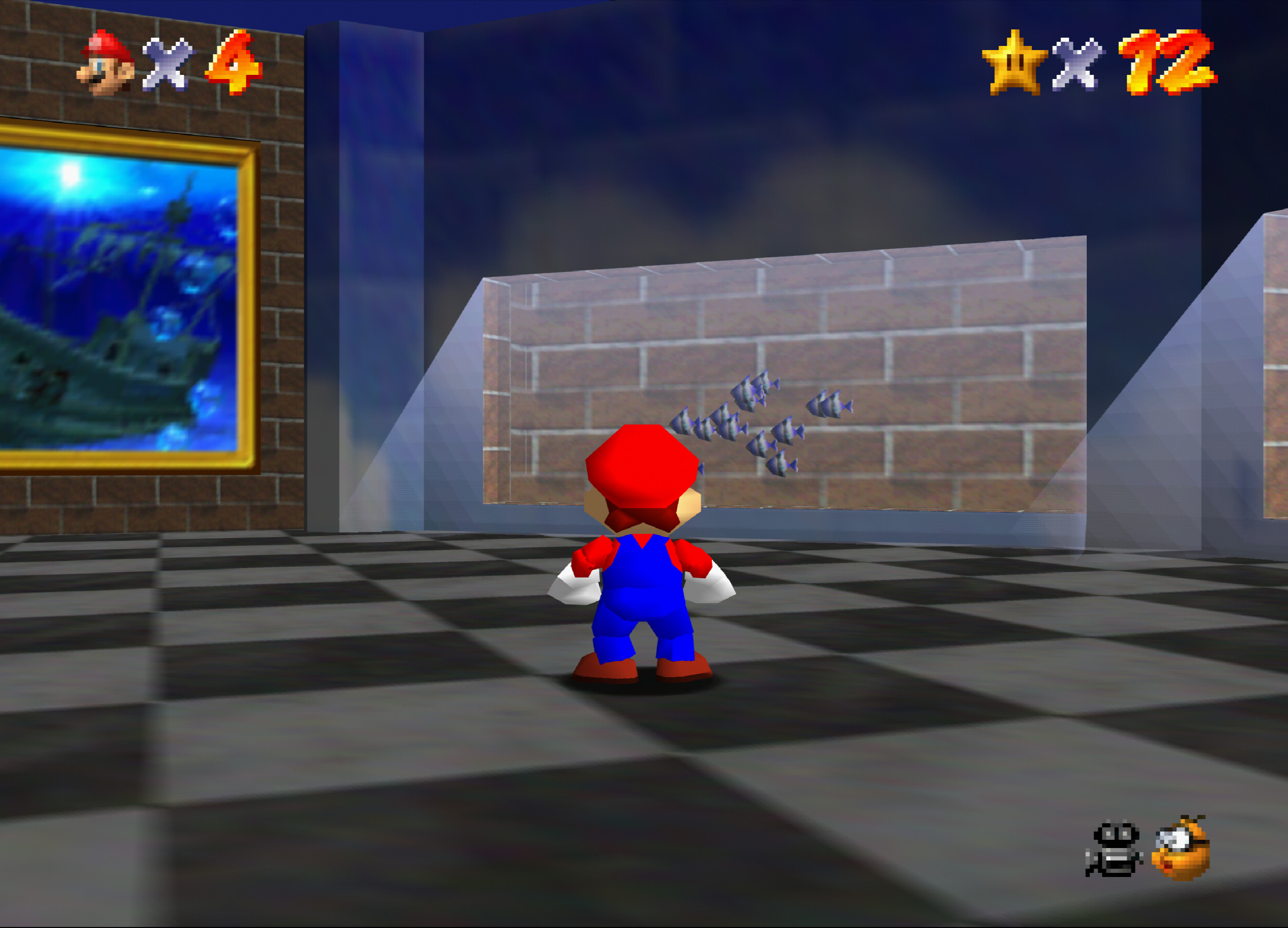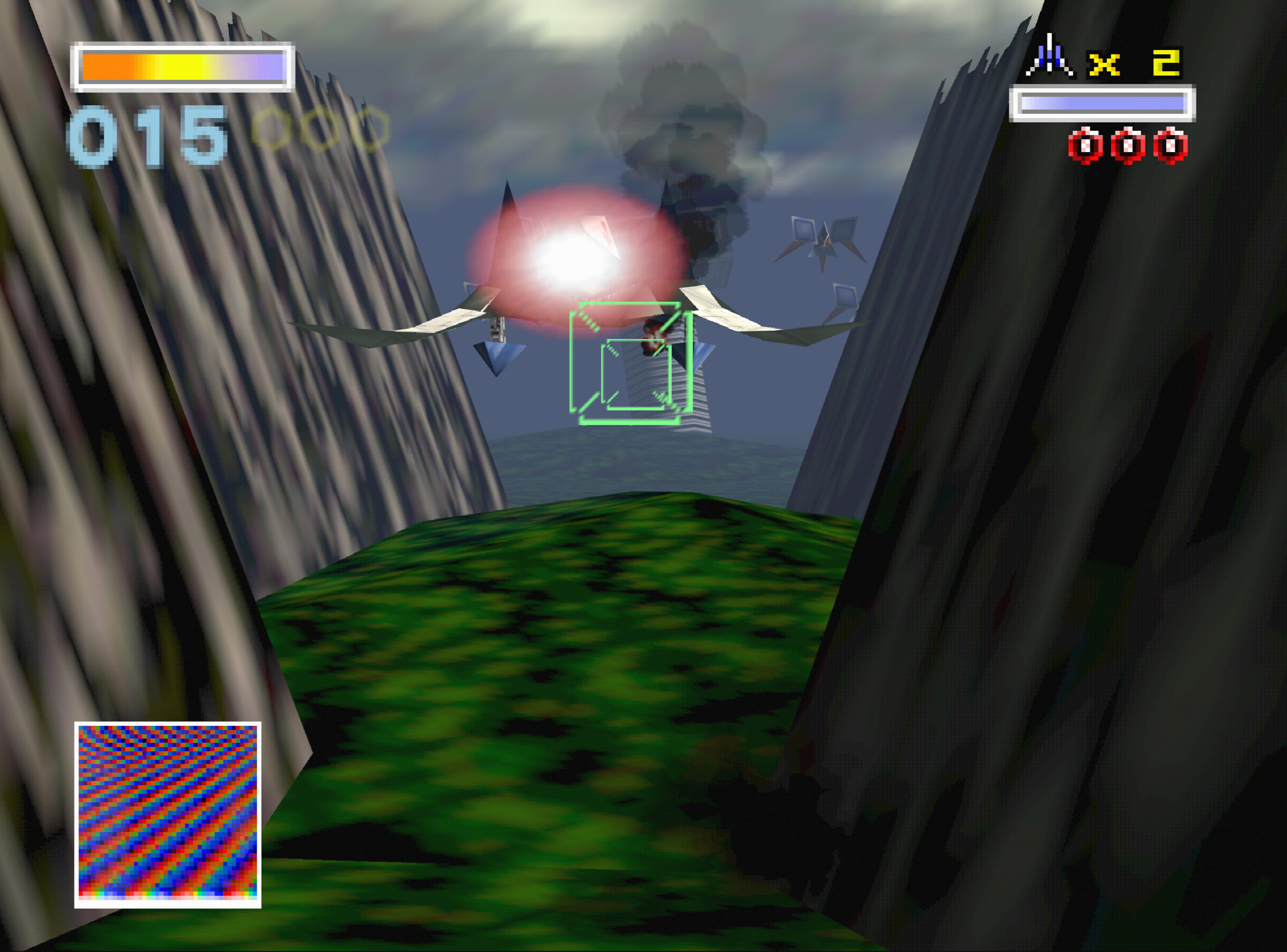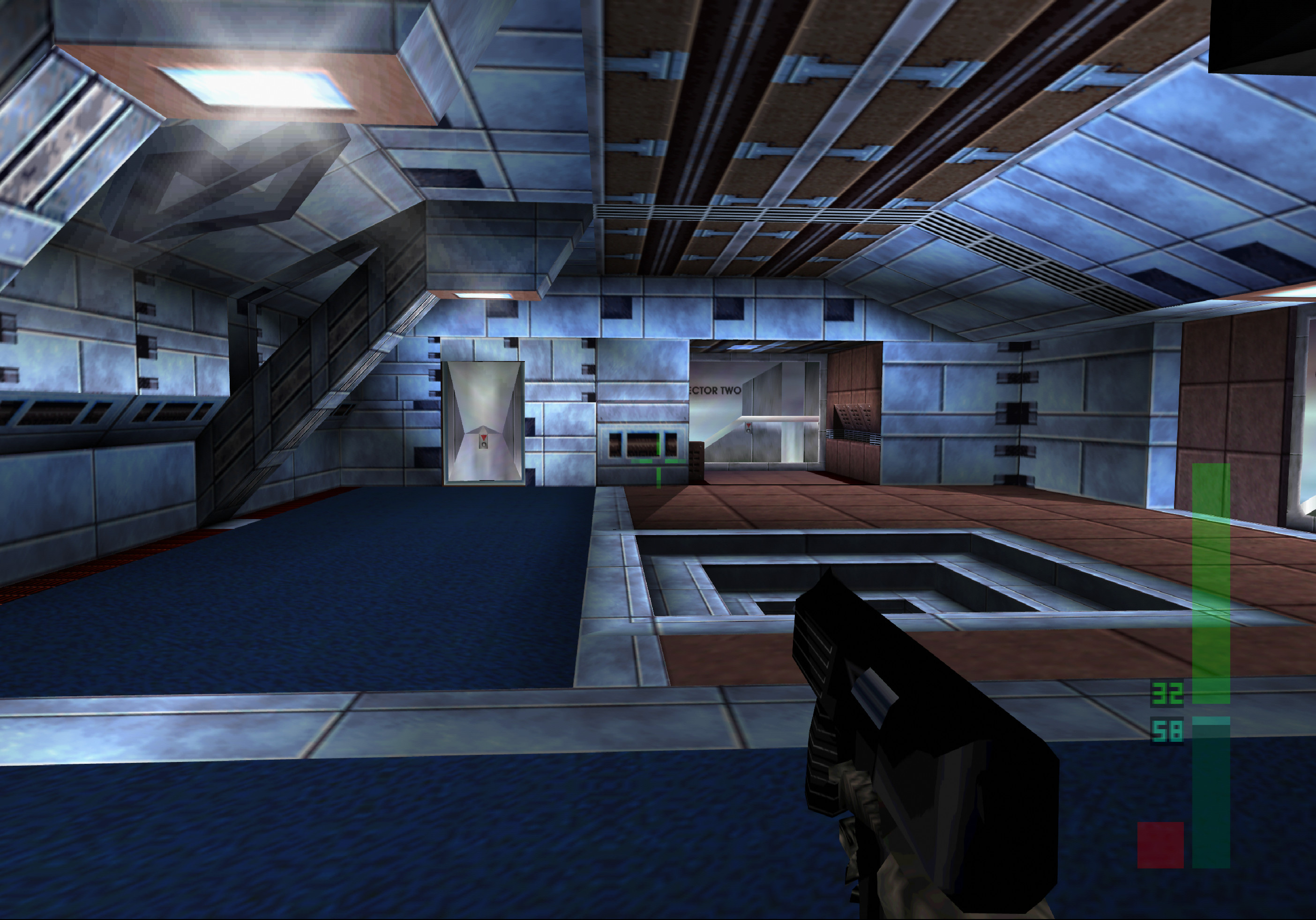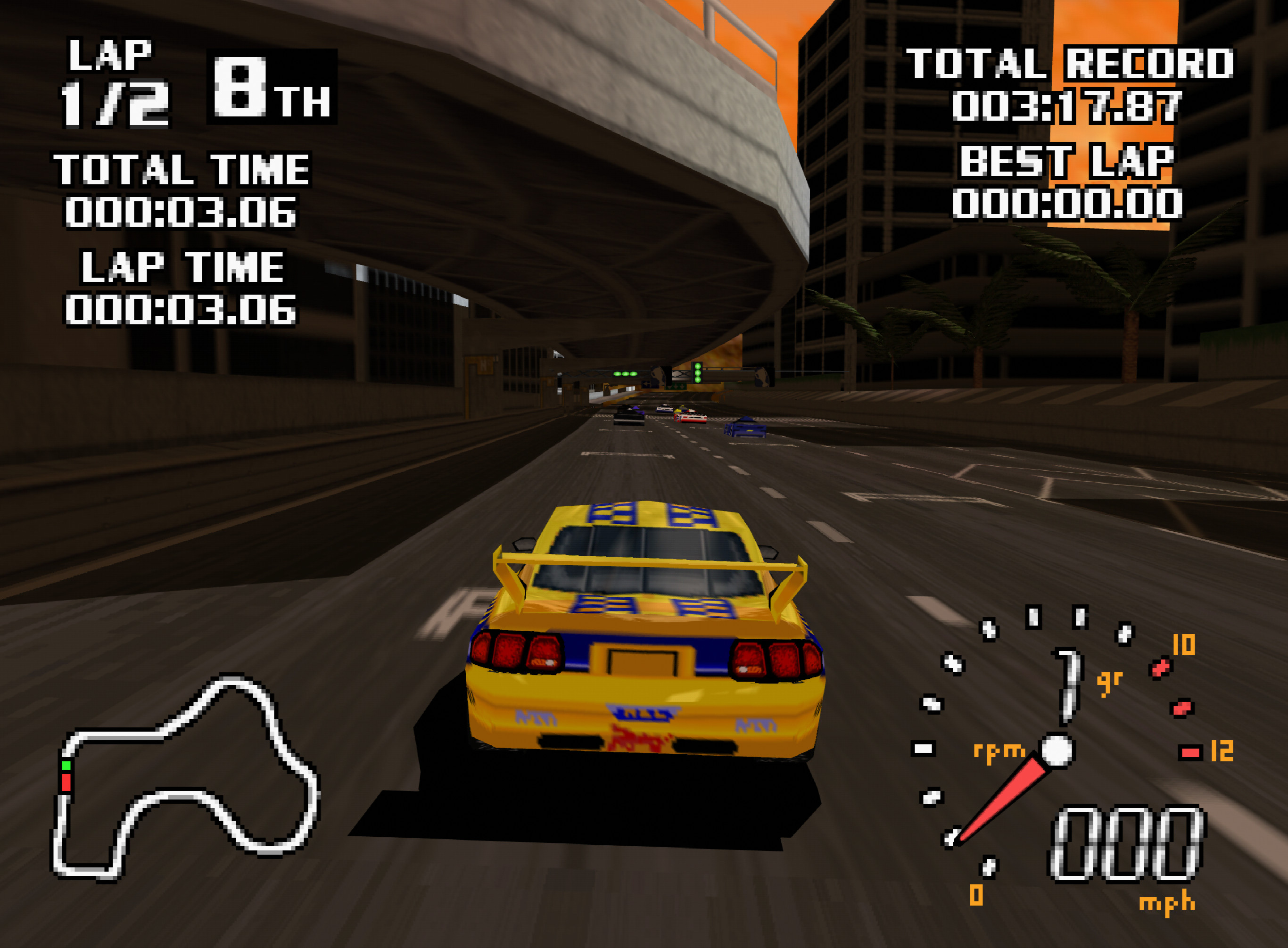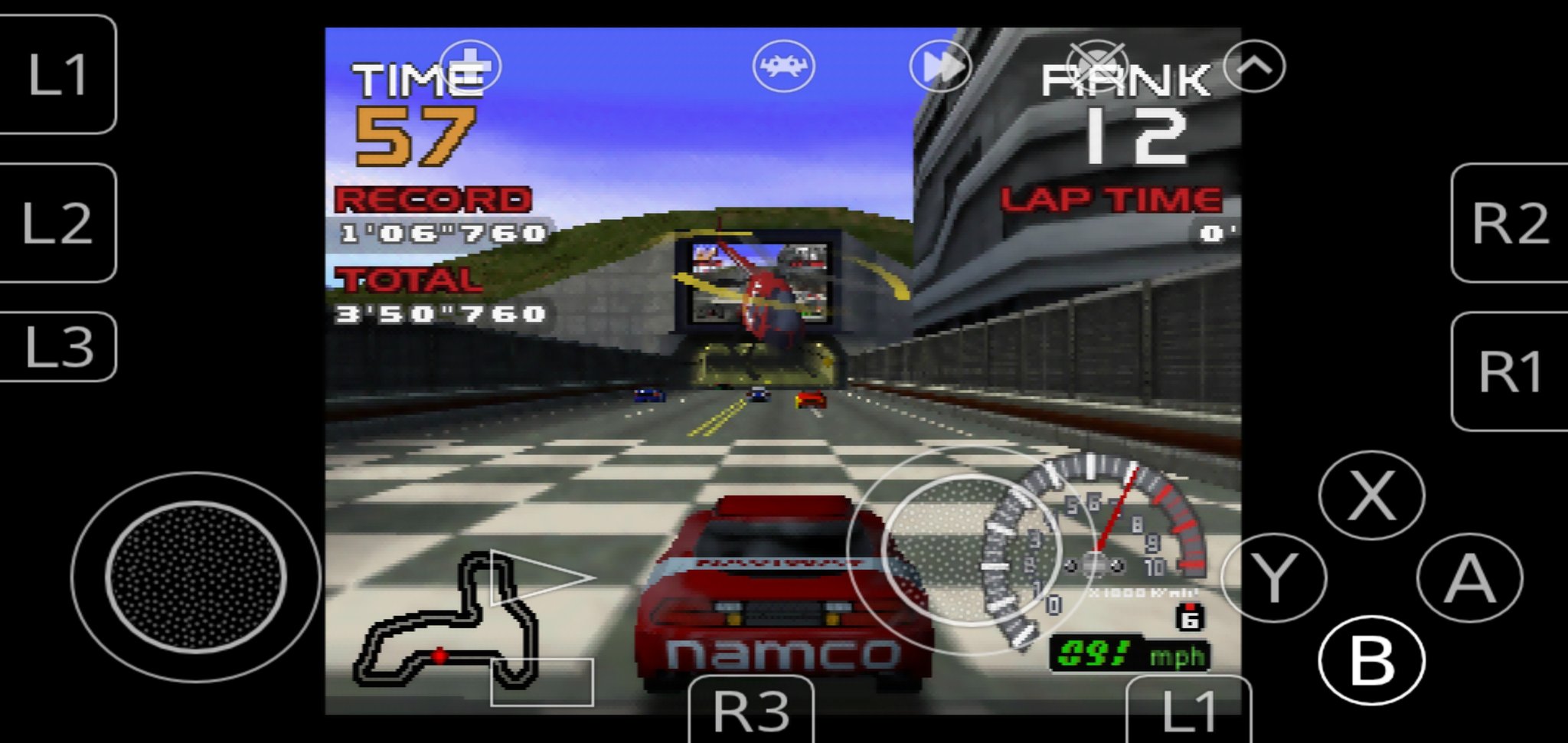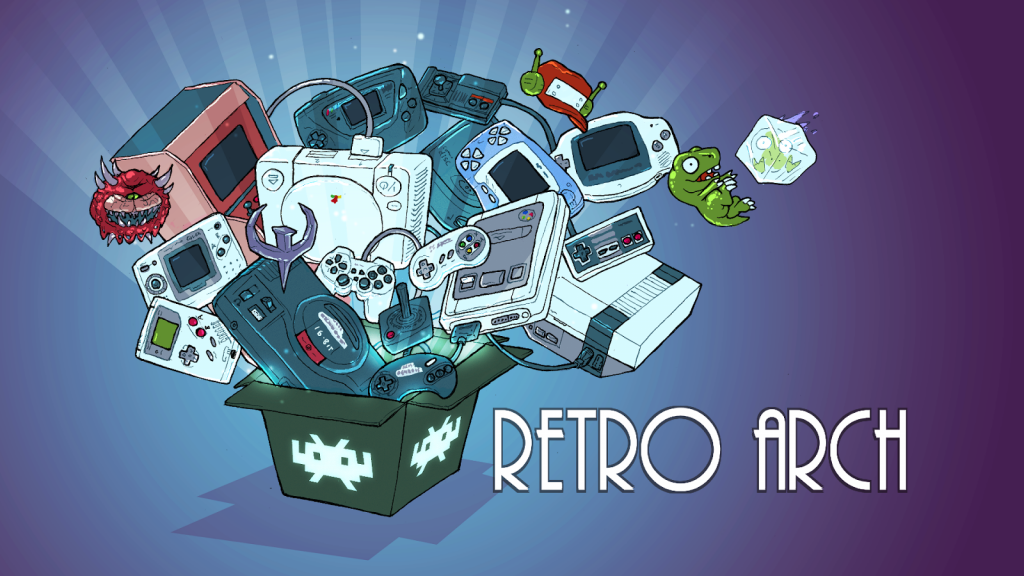
RetroArch 1.8.9 has just been released.
Grab it here.
A Libretro Cores Progress Report will follow later.
Remember that this project exists for the benefit of our users, and that we wouldn’t keep doing this were it not for spreading the love with our users. This project exists because of your support and belief in us to keep going doing great things. If you’d like to show your support, consider donating to us. Check here in order to learn more. In addition to being able to support us on Patreon, there is now also the option to sponsor us on Github Sponsors! You can also help us out by buying some of our merch on our Teespring store!
Highlights
AI Service – Custom accessibility service support
The AI service feature has included new changes to allow closer integration between the service selected and the game being played, allowing the service to read and press gamepad buttons along with the current screen image. The example video above shows a custom service (still in development) designed to make Final Fantasy 1 accessible and playable by blind users.
When started, the AI service will continually parse the screen and describe what’s being shown. When in a town or overworld view, it will describe what’s around the player to the west, north, east, and south, as well as any new things of interest that have appeared on screen (eg: a townsperson, a weapon shop, treasure chest, etc.). When the emulator is paused, it will give a more detailed description of what’s on the screen, including how far the player can walk in all directions and all things of interest along with their coordinates relative to the player. If the player holds the select button at this time, then the AI service will read out the list of things of interest on the screen and allow the player to scroll through them and select one. When selected, the AI service will unpause the game and move the player to that thing and interact with it.
When on a menu or battle screen, the service will read out the text on the screen and the currently selected menu option.
We will have more information on this for you soon after the initial testing and feedback is over.
Core Management Options
- The software license of each core is now shown in the ‘Core Downloader’ and ‘Load Core’ screen.
- Pressing RetroPad Select on a Core Updater entry will now display any text in the description field of its info file
- Installed cores are now highlighted via a [#] symbol
- Pressing RetroPad Start on a selected, installed entry opens the Core Information menu (when using Material UI, swiping left or right triggers the same action). This means we can now view bios info etc. – and more importantly delete cores – without jumping through all the hoops of loading a core first and navigating all over the place
- It’s now possible to hide ‘Experimental Cores’ from being shown in the ‘Core Downloader’ menu screen.
Backup cores when updating
By default now, a backup of the current Libretro core will be made when you upgrade a core from RetroArch’s builtin Updater service. In addition, you can also ‘freeze’ a core. ‘Freeze’ in this context means that the Updater service will not be able to overwrite your current core with the latest version from the Updater service.
Vulkan WSI improvements
There were some problem platforms with WSI (Window System Interface) currently, which version 1.8.9 partly addresses. This should theoretically reduce stalls on integrated GPUs.
- Intel Mesa was broken when using Fences, we have to use Semaphores to acquire the swapchain or the entire GPU stalls.
- Add support for either using fences or semaphores when syncing.
- Prefer using semaphores for integrated GPUs (such as Intel HD) as it promotes better throughput over fences.
- Do not use mailbox emulation on Android.
- Also, to make this work, decouple frame index from swapchain index with regards to CPU-side synchronization. Before, swapchain index would be coupled with frame context, which is somewhat naive.
Changelog
What you’ve read above is just a small sampling of what 1.8.8 has to offer. There might be things that we forgot to list in the changelog listed below, but here it is for your perusal regardless.
1.8.9
- AUTO SAVESTATES: Ensure save states are correctly flushed to disk when quitting RetroArch (fixes broken save states when exiting RetroArch – without first closing content – with ‘Auto Save State’ enabled)
BUILTIN CORES: Builtin cores like ffmpeg and imageviewer would previously try to erroneously load a dynamic core named ‘builtin’ – this would fail and would just be a wasteful operation – this now skips dylib loading in libretro_get_system_info for builtin cores - CHEEVOS: Report API errors when unlocking achievements or submitting leaderboards
- CHEEVOS: Support less common file extensions
- CHEEVOS: Disable hardcore mode when playing BSV file
- CHEEVOS: Correctly report unlocked non-hardcore achievements when hardcore is paused
- CHEEVOS/M3U: Bugfix – did not handle absolute/relative paths in M3U files correctly before
- CHEEVOS/M3U: Bugfix – it didn’t handle comments/directives
- CHEEVOS/M3U: Bugfix – it doesn’t handle trailing whitespace
- CHEEVOS/M3U: Bugfix – failed when loading M3U files with certain line endings
- CORE MANAGEMENT: Add ‘core management’ menu (Settings -> Core)
- CORE MANAGEMENT: Add option to backup/restore installed cores
- CORE MANAGEMENT: Improved core selection logic
- CORE INFO: Search search optimisations
- CORE DOWNLOADER: Rename ‘Core Updater’ to ‘Core Downloader’
- CORE DOWNLOADER: Add ‘Show Experimental Cores’ setting under Settings > Network > Updater
- CORE DOWNLOADER: Core licenses are now shown for all entries in the Core Updater menu
- CORE DOWNLOADER: Pressing RetroPad select on a Core Updater entry will now display any text in the description field of its info file
- CORE DOWNLOADER: Installed cores are now highlighted via a [#] symbol
- CORE DOWNLOADER: Pressing RetroPad start on a selected, installed entry opens the Core Information menu (when using Material UI, swiping left or right triggers the same action). This means we can now view bios info etc. – and more importantly delete cores – without jumping through all the hoops of loading a core first and navigating all over the place
- CORE DOWNLOADER/UPDATER: Add option to automatically backup cores when updating
- DISK CONTROL: Enable ‘Load New Disc’ while disk tray is open
- INPUT: Added a hotkey delay option to allow hotkey input to work properly when it is assigned to another action
- INPUT: Remove ‘All Users Control Menu’ setting, was buggy and will be properly reintroduced after input overhaul
- LINUX: Set default saves/save states/system paths
- LOCALIZATION: Add Persian language
- LOCALIZATION: Add Hebrew language
- LOCALIZATION: Add Asturian language
- MENU: Proper line wrapping for message dialog boxes
- MENU/HOTKEYS: Add sublabels to all hotkey bind entries
- MENU/QUICK MENU: Suppress the display of ’empty’ quick menu listings when closing content
- MENU/OZONE: Performance improvements
- MENU/SDL: Add mouse controls
- OPENGL1/VITA: Initial changes for HW context without FBO
- OVERLAYS: Add options for moving the on-screen overlay
- PLAYLISTS/WINDOWS: Fix core path entries in image/video/music history playlists
- PS2: Add back CDFS support
- SDL/GL: Advertise GLSL support
- VIDEO/WIDGETS: Fix heap-use-after-free errors, leading to memory corruption
- VITA: Added custom bubbles support
- VITA: VitaGL update
- VULKAN/WSI: Better frame pacing
- VULKAN/WSI: Fix Intel Mesa being broken when using Fences, we have to use Semaphores to acquire the swapchain or the entire GPU stalls
- VULKAN/WSI: Add support for either using fences or semaphores when syncing
- VULKAN/WSI: Prefer using semaphores for integrated GPUs as it promotes better throughput over fences
- VULKAN/WSI/ANDROID: Do not use mailbox emulation on Android
- UWP/XBOX: Potentially improve performance by enabling ‘Game Mode’

